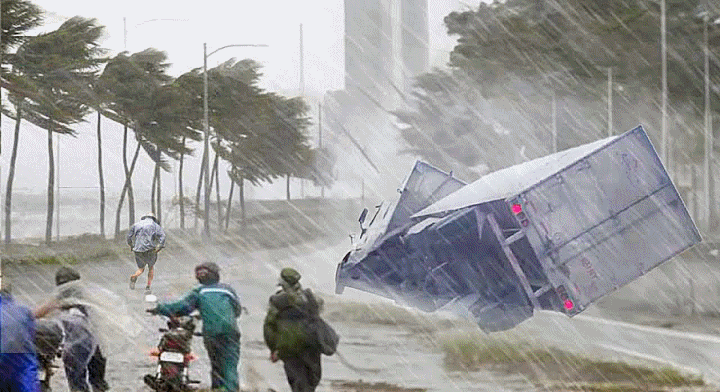MAXIMUM ALERT FOR SUPER TYPHOON SAOLA IN CHINA AND HONG KONG | |
Some of the most violent winds the region has ever experienced. Super-typhoon Saola threatens to hit southern China on Friday, September 1. In mainland China, a maximum alert has been issued for the approach of the typhoon which, according to state media, will make landfall "in coastal areas stretching from Huilai to Hong Kong" on Friday afternoon or overnight. Friday to Saturday. Guangdong province declared a level 1 wind emergency, reaching the highest alert level. To deal with the looming threat, China's Transport Ministry has mobilized an impressive fleet, including 16 rescue ships and nine rescue helicopters, deployed to areas potentially affected by this storm, as reported by the news agency New China. “There could be serious flooding” The metropolis of Shenzhen, home to 17.7 million inhabitants, took drastic measures by announcing the closure of offices, businesses and markets from 4 p.m., as well as the suspension of public transport from 7 p.m. The emergency management department warned that the typhoon would most likely cause a large-scale storm in the city and advised residents not to leave their homes, except for emergency response personnel and those responsible for protection of livelihoods. All city shelters will be open so the public can find shelter in complete safety. Gusts that can exceed 220 km/h Typhoon Saola, looming on the horizon, could become the most powerful cyclone to hit the Pearl River Delta region since 1949, encompassing major cities like Hong Kong, Guangzhou, Shenzhen and Macau, as warned the National Meteorological Center via the social network Weibo. |
|
| Boby Dean for DayNewsWorld | |
 |
|




